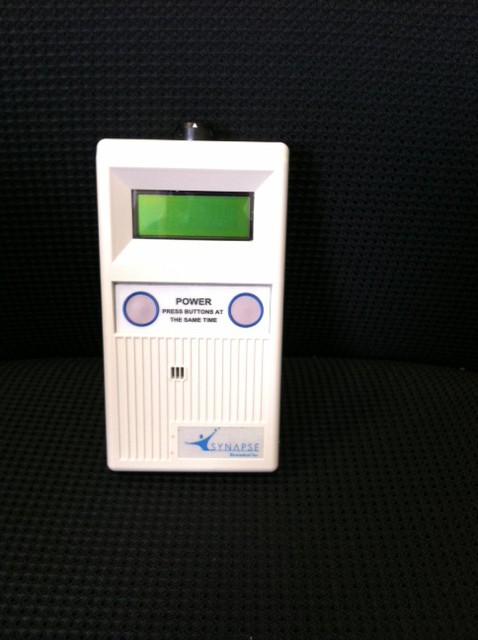The Arizona Health Sciences Center is the first in Arizona to implant a device that will allow certain quadriplegic patients to breathe on their own.
The diaphragm stimulator device is intended for those who have suffered high spinal cord injuries, or high quads, meaning quadriplegics who are a C1 to C5, said Dr. Narong Kulvantunyou, a trauma surgeon at the Arizona Health Sciences Center. These numbers represent the vertebrae of the cervical spine.
High quads are totally dependent on other people, he said. They usually have had an experience of trauma to the spine and cannot move their arms and legs. C3 up to C5 is the location of the nerve that controls the diaphragm, Kulvantunyou said.
“”If you injure anything above that, your breathing muscle may be affected, which means there’s a high likelihood that you will depend on a breathing machine,”” he said.
The higher up the cervical vertebrae, the more likely someone will need to be permanently on a ventilator, Kulvantunyou said. C1 is the highest.
Because of these kinds of injuries, they cannot make their diaphragms contract on their own, he said.
With the diaphragm stimulator device, quadriplegics are able to imitate natural breathing.
The device provides electrical stimulation. An electrode wire is placed in the diaphragm on both sides and is connected to the machine to allow for contractions, he said. The battery for the device lasts for about 25 days.
The device, which was approved in 2008, has been placed in patients worldwide. Since then, over 300 have been implanted, Kulvantunyou said.
“”We just happen to be the first in the state of Arizona,”” he said.
Synapse Biomedical Inc., the company that created the diaphragm stimulator, officially known as the NeuRx Diaphragm Pacing System, has centers around the country, he said.
“”They have some video of a patient who used to be on a breathing machine, and able to come off the breathing machine because of this device,”” Kulvantunyou said.
Kulvantunyou said that 70 percent of people come off of the breathing machine completely after using the device. The other 30 percent choose not to, or do not do so for insurance reasons.
If a patient comes off the ventilator completely, insurance takes away 24 hours of nursing care, he said, so some people don’t want to come off it completely. Some people are more active during the day, so they will go off the machine. At night, they go back on the machine, he said.
“”The fundamental difference between breathing on a machine versus breathing on your own is breathing on a machine is composited breathing,”” he said.
Besides quadriplegics being able to breathe on their own, there are other benefits the machine offers, Kulvantunyou said.
“”Obviously, you’re not hooked up to a machine, and that’s the number one benefit,”” he said. “”So, you are more mobile, you have more freedom to get around, even though the breathing machine is not as big as what you see in the hospital.””
The device offers a better quality of life for quadriplegics because they have an improved life expectancy and they will not get as many pneumonia infections per year, Kulvantunyou said.
The device can also be used for patients with other conditions.
Amyotrophic lateral sclerosis, commonly known as Lou Gehrig’s disease, is now being considered, he said.
“”They’re basically becoming ventilator dependant because their diaphragm muscle is weakened,”” he said. “”So as their disease gets worse, they cannot breathe.””
The disease is similar to quadriplegia and the device helps extend the time before one becomes ventilator dependent.
In the U.S., 11,000 people become high quads each year, Kulvantunyou said. 500 of them will become dependent on a ventilator to breathe.
“”Once they come off the breathing machine, they sometimes can eat and drink,”” he said, “”For sure they have a better sense of smell, so they can enjoy life.””
If doctors are able to get quadriplegics in Arizona off the breathing machine, the patients won’t have to go out of state to a special center and they can stay close to their families, he said.
Before the device was approved, doctors used to have to wait a year before implanting the device, Kulvantunyou said.
“”Now we understand that the sooner we put it in, the better that it will work for the patient,”” he said.









